Official Rebuttal Regarding False Claims and Misrepresentations of Professor Sam Lonewolf’s Legacy By Barron Shepherd 1. False Inheritance Claims After the passing of Professor Sam Lonewolf in January of 2013, Gary Lee claimed to have inherited Lonewolf’s Kenpo…
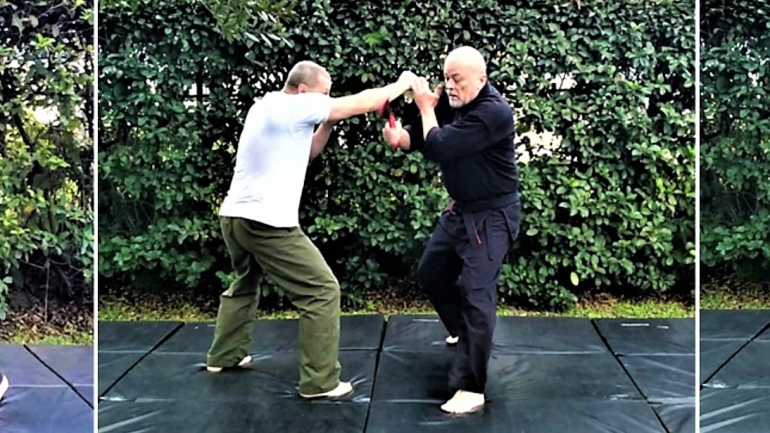

During WWII, military combatives programs prioritized techniques that were practical, easy to learn, and effective under stress. The reverse hip throw was one of four core throws taught across U.S. military training manuals because of its proven success…
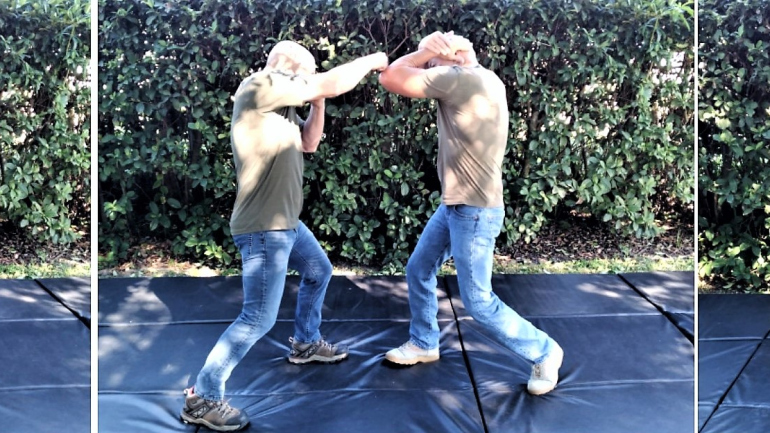
Barron Shepherd’s Combat Judo differs from traditional Judo in several key ways, largely in its focus and application. While both are rooted in the same Japanese martial arts principles, Combat Judo is specifically tailored for real-world combat situations.…

Many people will dismiss the usefulness of Judo as a fighting method because it is practiced in a Gi. It’s common to see some in the martial arts community diminish judo as a viable method of self defense.…
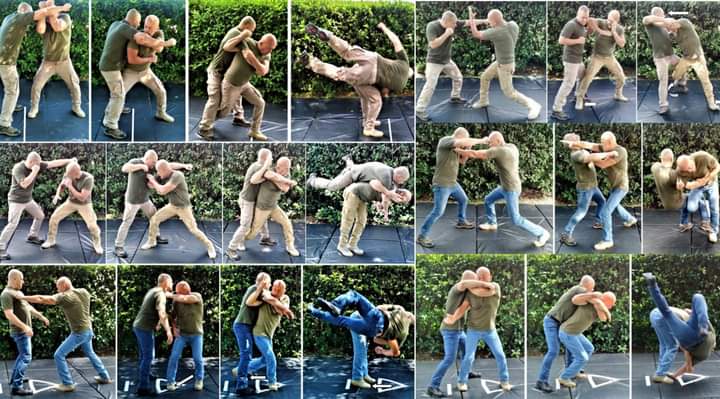
Combat Judo is just that….combat. It is geared to deal with realistic attacks. It is as pragmatic as judo is dynamic. Combat judo deals with situations sensibly and realistically in a way that is based on practical rather…
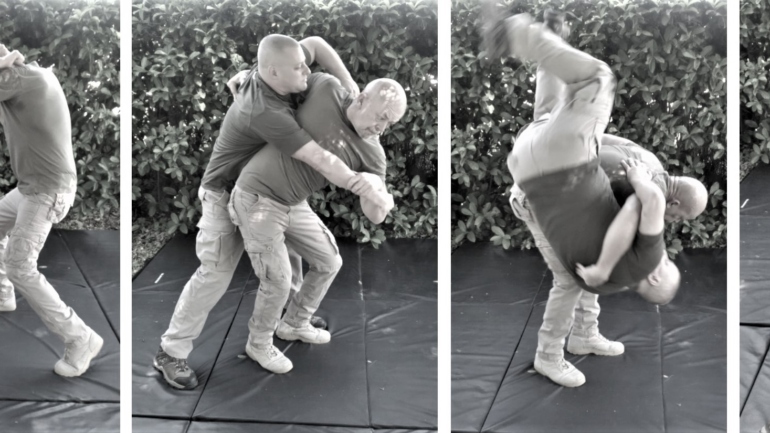
SSGT Robert Carlin described Combat Judo as an advanced method of fighting. It was originally developed to address the needs of military personnel facing new hand-to-hand combat challenges as a way to ensure a streamlined, tested, and effective…
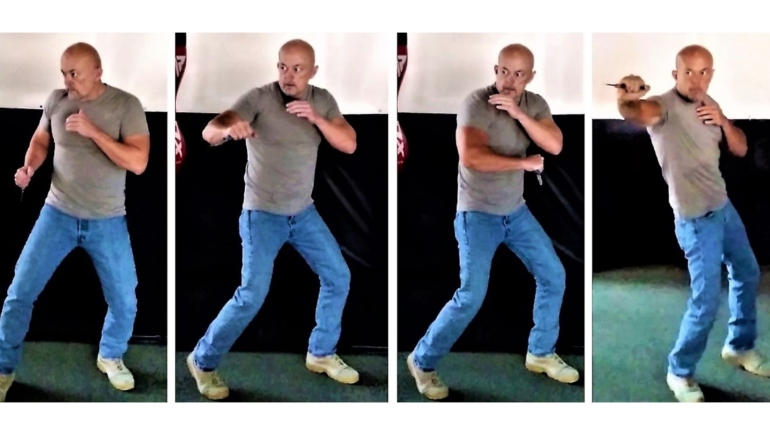
DEPLOYMENT Blade deployment is probably the most neglected aspect of knife training. Deployment is defined as the time and distance it will take you to pull your knife out AND be ready for combat. You want to have…
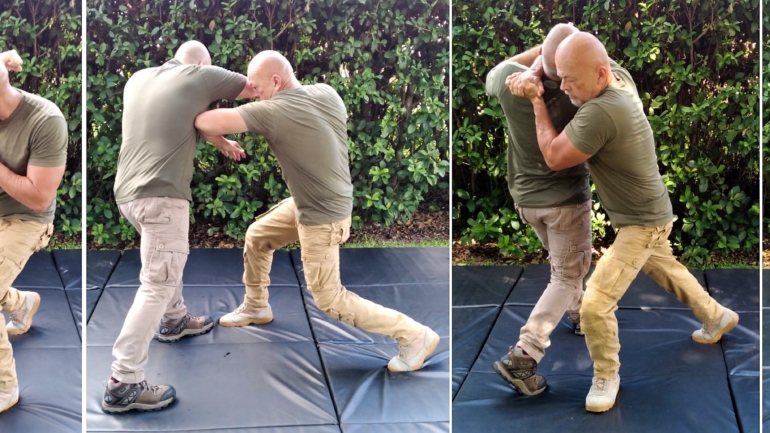
REVERSE HIP THROW (Neck and Arm variation) (1) From a fighting position push of the right foot and step in with the left foot. At the same time STRIKE your opponent hard on his right shoulder with the…
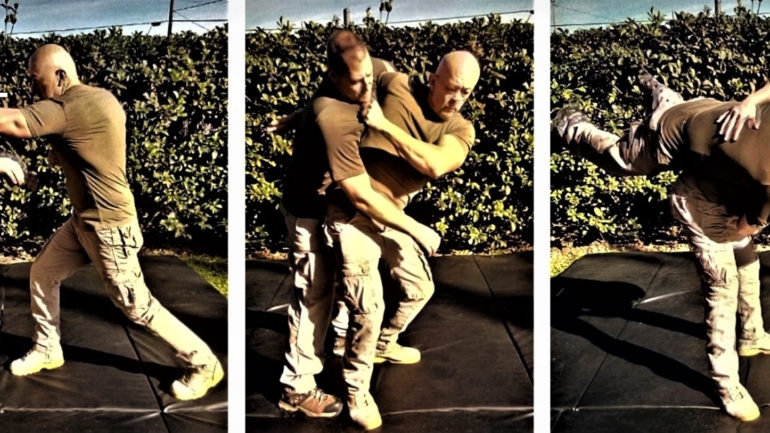
Cumulatively, there is a list of 25 throws that I have compiled from the various US military field training manuals from the WWI era to present. A substantial amount of those throws being variations of only 4 basic…
